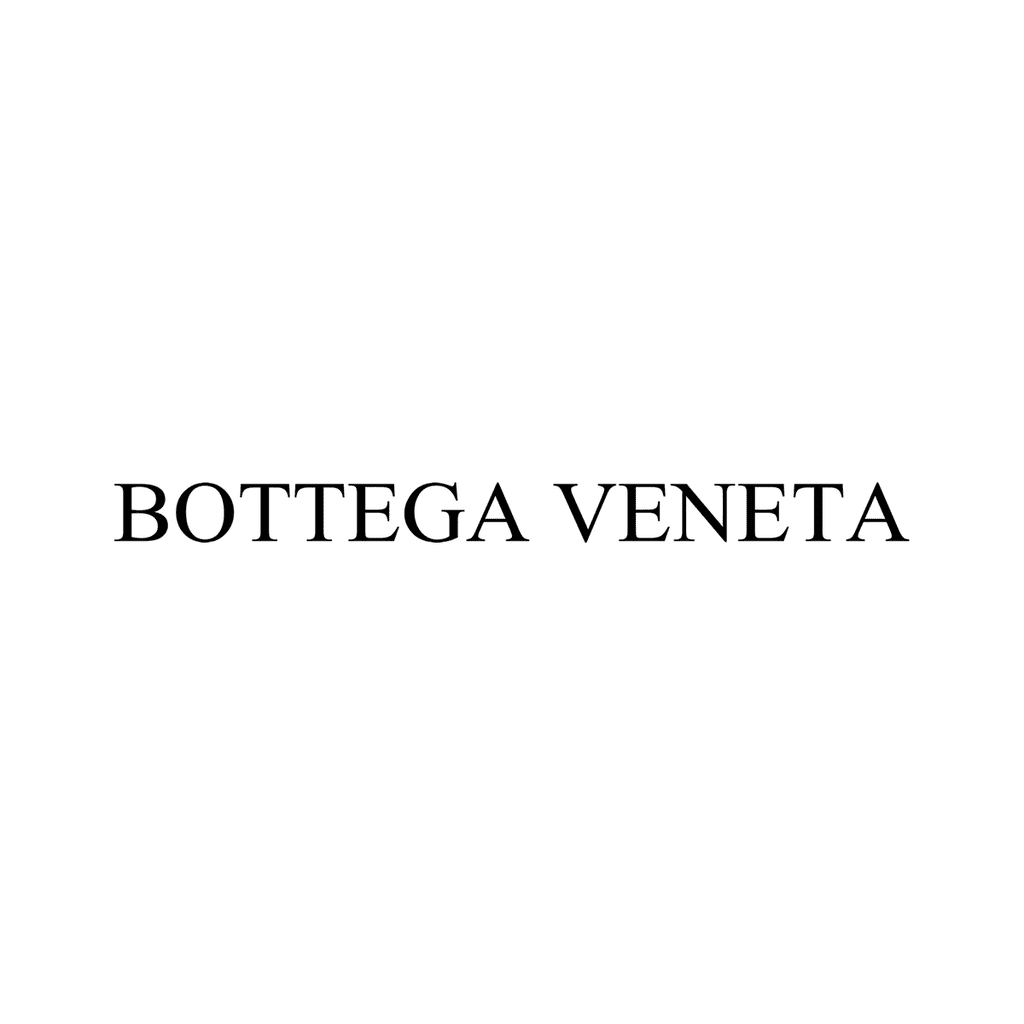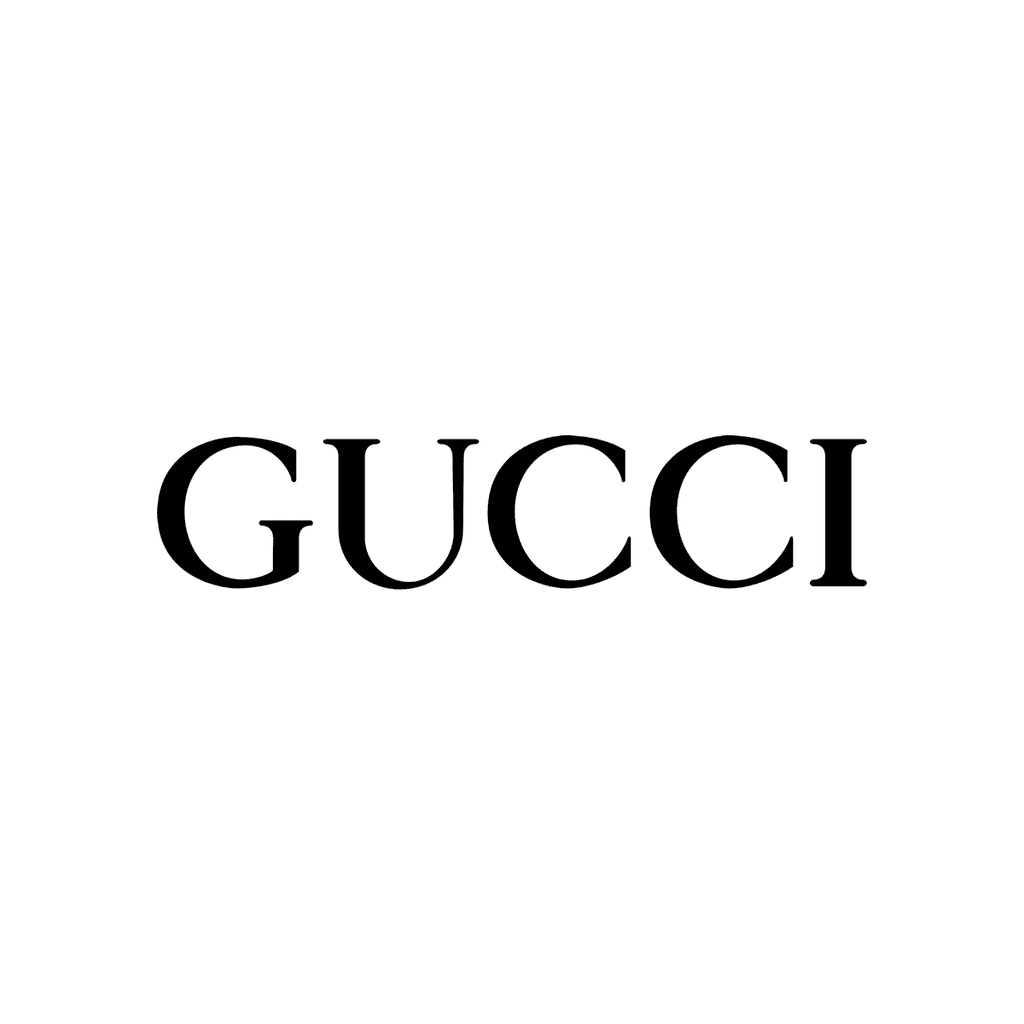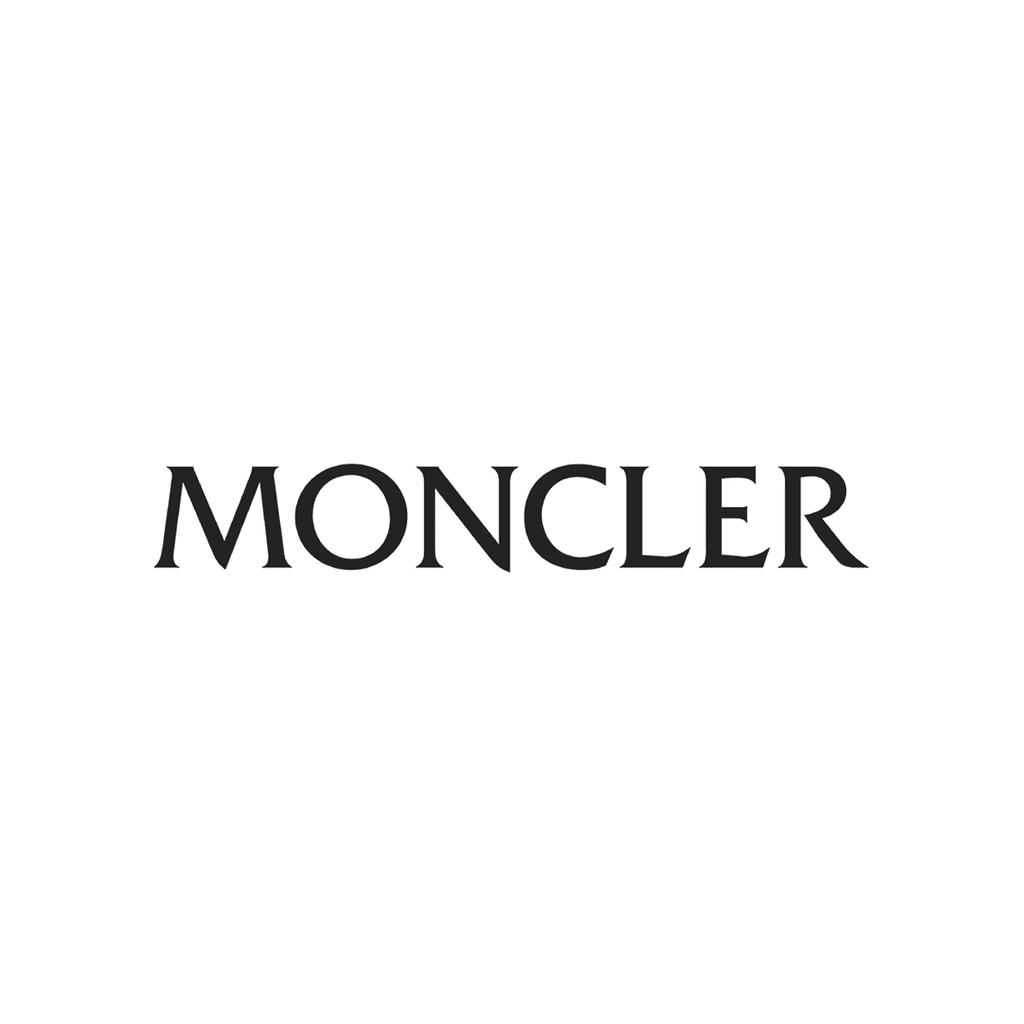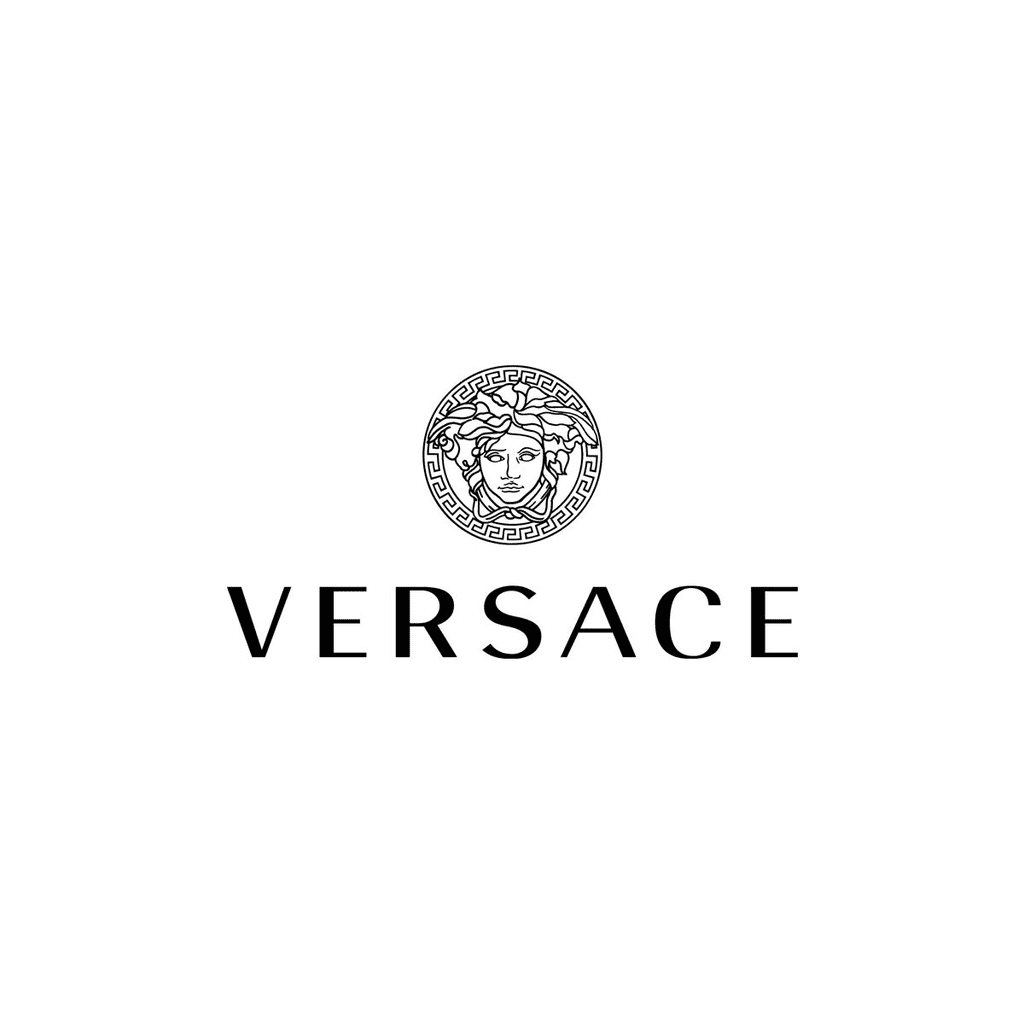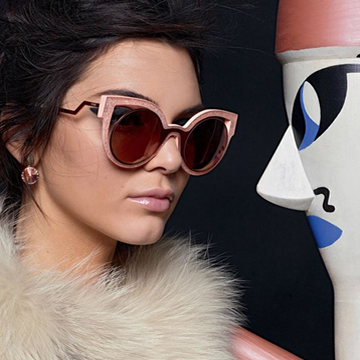Shop with Confidence
At Trovelle, we take authenticity, reputation, integrity and trust very seriously. We authenticate every item before it is offered for sale. We source our inventory from brands, authorized dealers, respected industry wholesalers and distributors.
Our authenticity standards are amongst the highest in the industry and is backed by a rigorous authentication process that is overseen by experts.
We unconditionally guarantee that our merchandise is 100% authentic and as described. No fakes or reproductions of any kind. Simply put: No fake sh*t. It's all real.
In addition, the product photos and videos you see on the product pages were mostly taken in-house using best-in-class photography equipment to make sure that what you see is what you get.
Why Authenticity Matters
Selling authentic merchandise is not just about providing high-quality products; it's about building trust, upholding legal standards, and contributing to the overall positive impact on industries and consumers alike.
Authentic merchandise protects consumers from potential harm caused by fake products. Counterfeit goods may not meet safety standards, leading to health risks or product malfunctions.
Selling authentic merchandise contributes to the fight against counterfeiting. Counterfeit goods not only hurt the brand and its customers but also negatively impact economies, as they often involve illegal activities and evade taxes.
Authentic merchandise supports the original creators, designers, and manufacturers of the products. This helps sustain creativity and innovation within industries by rewarding those who invest time and resources in developing unique and high-quality products.
Authenticity 101
Spotting fake goods requires a combination of careful observation, knowledge about the authentic product, and awareness of common signs of counterfeiting. Here are some general tips that can help you identify fake goods:
Check the Packaging: Examine the packaging for irregularities such as poor quality printing, misspelled words, or inconsistent logos. Authentic products usually have high-quality packaging with attention to detail.
The Smell Test: This technique often works with certain goods such as leather bags and shoes. Authentic products do not use cheap glues that often leave a distinct heavy chemical odor behind. Leather products often have a distinct genuine leather smell.
Inspect Labels and Tags: Authentic products often have well-stitched labels or tags with clear, crisp printing. Poor stitching, fuzzy logos, or uneven spacing could indicate a fake.
Compare Fonts and Logos: Counterfeit products may have subtle differences in fonts, logos, or branding compared to authentic ones. Familiarize yourself with the authentic design to spot inconsistencies.
Look for Holograms or Authenticity Features: Many brands incorporate holograms, authenticity cards, special labels, or unique packaging features to distinguish their authentic products. Be aware of these features and verify their presence.
Check Serial Numbers and Barcodes: Authentic products often have unique serial numbers or barcodes. Verify these details with the manufacturer or official website to ensure they are legitimate.
Inspect Quality and Craftsmanship: Authentic products typically have a level of quality and craftsmanship that may be lacking in fakes. Check for things like stitching, seams, and overall construction to spot differences.
Inspect Hardware: With certain items such as handbags, you definitely want to check the zippers, clasps, and other hardware for clear and precise engravings. Counterfeit bags may have poorly executed or missing engravings.
Research the Seller: Purchase from reputable and authorized sellers, whether it's an official store, authorized retailer, or the brand's website. Be cautious when buying from unfamiliar or unverified sources. Check the seller's about us page, physical address, phone number, social media accounts and online reviews.
Price Discrepancies: If the price seems too good to be true, it probably is. Counterfeit goods are often sold at significantly lower prices than the authentic product. Research the typical price range for the item to gauge reasonability.
Check for Spelling and Grammar Errors: Counterfeit products often contain spelling and grammar mistakes on labels, tags, or packaging. Authentic products are typically produced with a higher level of attention to detail.
Examine the Product Details: Compare the details of the product, such as color, weight, size, and features, with those of the authentic version. Discrepancies may indicate a counterfeit item.
Authenticate Through Official Channels: Use the brand's official website, customer service, company store, or authentication services to verify the legitimacy of the product. Some brands have specific tools or apps for this purpose.
Pay Extra Attention to Used Goods: Scammers will usually opt to sell fake goods as "used" or "pre-owned" on marketplaces, as they exploit the perception that used items are less likely to be fake.
Trust Your Instincts: If something feels off or if you have doubts about the authenticity of a product, it's better to be cautious and seek additional verification.
Reporting Counterfeit Products and Sellers
If you suspect someone is producing or selling counterfeit goods, you can submit a report online to the National Intellectual Property Rights Coordination Center.
Other federal agencies that investigate reports of counterfeit goods include:
- The U.S. Consumer Product Safety Commission (CPSC)
- The Food and Drug Administration (FDA)
- The Office of Intellectual Property Rights (IPR)
- The Federal Bureau of Investigation (FBI)
- U.S. Customs and Border Protection (CBP)
Anti-counterfeiting agencies might not always recover customers' money directly, but they can work with federal law enforcement to break counterfeit supply chains to keep the market safer for customers.
Remember that counterfeiters are constantly evolving their methods, so staying informed about the authentic product's details and being vigilant in your observations are essential for spotting fake goods. If in doubt, consult with experts or contact the brand directly for confirmation.

